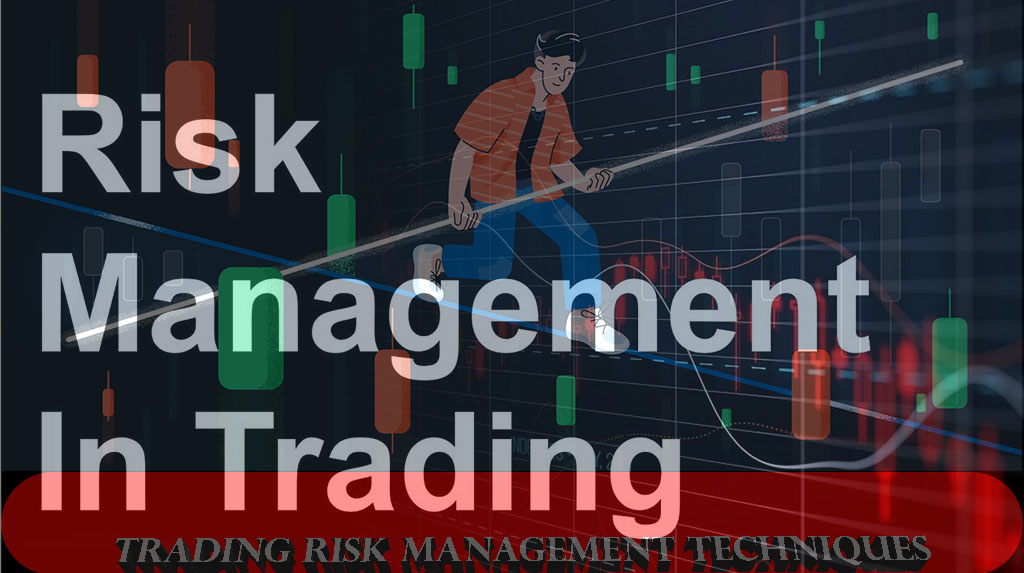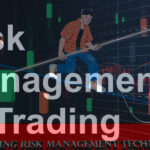Introduction to Risk Management
What is Risk Management?
In the fast-paced world of trading, risk management is an essential strategy that every trader must understand and implement. Simply put, risk management involves identifying, assessing, and prioritizing potential risks that could impact your trading portfolio. The goal is to minimize potential losses while maximizing potential gains. By having a solid risk management plan in place, traders can navigate the volatile nature of the stock market more effectively, making informed decisions that protect their investments.

Importance of Risk Management in Trading
Without proper risk management, even the most well-researched trades can result in significant losses. The stock market is unpredictable, and factors such as market sentiment, economic indicators, and global events can cause sudden fluctuations. By implementing risk management strategies, traders can reduce their exposure to such risks, ensuring that their portfolio remains secure even during turbulent market conditions.
Key Concepts in Risk Management
Understanding Risk vs. Reward
One of the foundational concepts of risk management is understanding the balance between risk and reward. Every trade carries a certain level of risk, but it also presents an opportunity for reward. Successful traders are those who can evaluate the potential reward of a trade against the risk involved. This evaluation helps in making informed decisions, where the potential benefits outweigh the potential losses.
The Role of Diversification
Diversification is a key strategy in managing risk. By spreading investments across different assets, sectors, or markets, traders can reduce the impact of a poor-performing investment on their overall portfolio. Diversification ensures that not all your eggs are in one basket, so if one asset class underperforms, others might still generate positive returns.
Setting Stop-Loss Orders
Stop-loss orders are another crucial tool in risk management. These orders automatically sell a security when it reaches a predetermined price, limiting the trader’s losses on a particular position. By setting stop-loss orders, traders can prevent small losses from turning into catastrophic ones, ensuring that their portfolio remains protected.
Strategies to Secure Your Portfolio
Hedging Techniques
Hedging is a strategy used to offset potential losses in one investment by taking an opposite position in another. For example, if a trader holds a large position in a particular stock, they might hedge by purchasing options that would gain value if the stock price falls. This strategy can secure the portfolio from significant losses during unexpected market downturns.
Position Sizing and Capital Allocation
Effective risk management also involves determining the appropriate size of each position relative to the overall portfolio. Position sizing helps traders avoid putting too much capital into a single trade, which can be risky. By allocating capital wisely and setting a maximum percentage of the portfolio for each trade, traders can manage their risk more effectively.
Managing Emotional and Psychological Risks
Emotions like fear and greed can cloud judgment and lead to poor trading decisions. Managing these psychological risks is just as important as managing financial risks. Traders should have a disciplined approach, sticking to their risk management plan even when emotions run high.
Common Mistakes in Risk Management
Overtrading and Impulse Decisions
Overtrading is a common mistake where traders make excessive trades without proper analysis, often driven by the fear of missing out. This impulsive behavior can lead to significant losses. A well-thought-out risk management plan can help traders avoid the temptation to overtrade, ensuring that every trade is backed by solid research and analysis.
Ignoring Market Conditions and Updates
Staying updated with the latest stock market news and updates is crucial for effective risk management. Ignoring market conditions can lead to poor decision-making, as traders might miss critical information that could impact their trades. Regularly analyzing stock market updates helps traders stay informed and make timely adjustments to their portfolios.
Lack of a Clear Trading Plan
A trading plan is a blueprint for making trading decisions. Without a clear plan, traders might make inconsistent decisions, leading to increased risk. A solid trading plan outlines the trader’s goals, strategies, and risk tolerance, providing a roadmap for managing risks effectively.
The Role of Stock Market News in Risk Management
Staying Informed with Stock Market News
Keeping up with the latest stock market news is vital for risk management. News about economic indicators, corporate earnings, or geopolitical events can significantly impact the stock market. By staying informed, traders can anticipate market movements and adjust their strategies accordingly, minimizing potential risks.
Analyzing Stock Market Updates for Better Decision Making
Stock market updates provide valuable insights into market trends and investor sentiment. Analyzing these updates allows traders to identify potential risks and opportunities in the market. By incorporating this analysis into their risk management strategies, traders can make more informed decisions that protect their portfolios.
Practical Tips for Effective Risk Management
Continuous Education and Market Analysis
The stock market is constantly evolving, and traders need to stay updated with the latest trends, strategies, and tools. Continuous education and regular market analysis are essential for staying ahead of the curve and managing risks effectively. By investing time in learning and analyzing the market, traders can enhance their risk management skills and make better-informed decisions.
Utilizing Technology and Tools for Risk Management
In today’s digital age, technology plays a significant role in risk management. Various tools and platforms provide real-time market data, risk analysis, and portfolio management features. Traders should leverage these tools to monitor their portfolios, set alerts for potential risks, and make data-driven decisions.
Regular Portfolio Reviews and Adjustments
Risk management is not a one-time task but an ongoing process. Regularly reviewing and adjusting your portfolio ensures that it aligns with your risk tolerance and market conditions. By conducting periodic reviews, traders can identify potential risks early and make necessary adjustments to secure their portfolios.
Conclusion
Protecting Your Portfolio for Long-Term Success
Effective risk management is the cornerstone of successful trading. By understanding the key concepts of risk management, implementing proven strategies, and staying informed with the latest stock market news, traders can protect their portfolios from significant losses. The ultimate goal is to achieve long-term success by minimizing risks and maximizing returns.
Frequently Asked Questions (FAQ)
How can I secure my portfolio in a volatile market?
Securing your portfolio in a volatile market involves diversifying your investments, setting stop-loss orders, and staying informed with the latest stock market news and updates. These strategies help in minimizing potential losses during market downturns.
What are the best practices for managing risk in trading?
Best practices for managing risk in trading include understanding risk vs. reward, diversifying your portfolio, using hedging techniques, and managing emotional and psychological risks. These practices help in creating a balanced approach to trading.
How do stock market updates influence risk management strategies?
Stock market updates provide insights into market trends, investor sentiment, and potential risks. By analyzing these updates, traders can adjust their risk management strategies to protect their portfolios from unexpected market movements.
Why is diversification important in risk management?
Diversification spreads your investments across different assets, reducing the impact of a poor-performing investment on your overall portfolio. It helps in minimizing risks by ensuring that not all your investments are exposed to the same market conditions.
What tools can help in managing trading risks effectively?
Various tools, such as portfolio management platforms, risk analysis software, and real-time market data applications, can help in managing trading risks effectively. These tools provide valuable insights and automated features that assist in monitoring and adjusting your portfolio.




